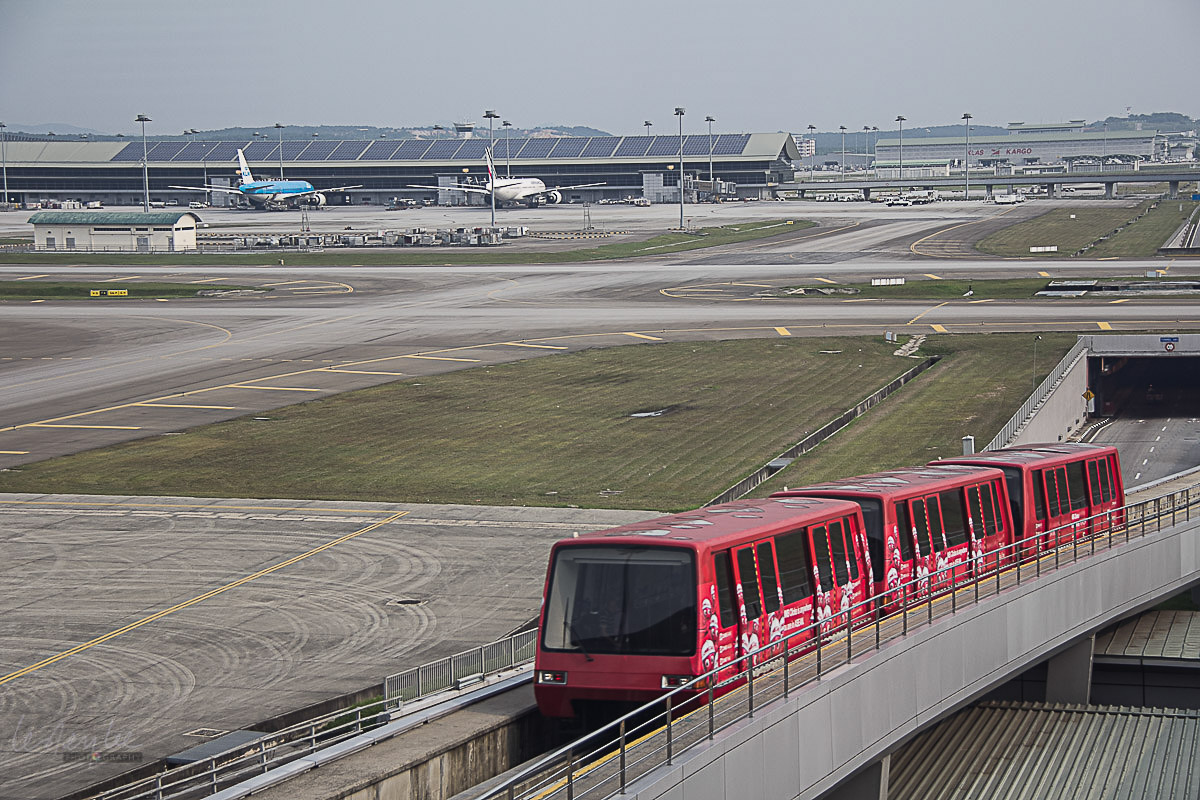Twenty-three years after the Kuala Lumpur International Airport (KLIA) opened, the ageing KLIA Aerotrains are set for replacement. The closing of Malaysia’s international borders has meant that the aerotrain services to the satellite building used for international flights, have been under-utilised. This offers a good opportunity to do the necessary work without significant disruption.
The tender for the replacement of the Aerotrains (officially Automated People Mover) was floated in July 2020 following completion of three feasibility studies. These studies sought to identify the best possible solution for connecting passengers between the main terminal and satellite buildings. The replacement option was selected despite being a ‘brownfield option’, using similar but newer technology as the least disruptive in terms of operational downtime and infrastructure readiness.
The main considerations were
- feasibility of implementation
- sustainability in catering for future terminal expansion
- financial viability.
Stakeholder engagements with the Ministry of Transport (MOT), the Civil Aviation Authority of Malaysia (CAAM), the Malaysian Aviation Commission (MAVCOM) and the Land Public Transport Agency (APAD) were conducted to gather the necessary feedback. The tender is currently at the final stage of evaluation and shortlisted bidders are now being evaluated on their commercial offers. The announcement of a formal award following approval by the Board of Directors of Malaysia Airports Holdings Berhad is expected before the end of 2021.
Two of the KLIA Aerotrains have been in service since the airport first opened in 1998 with a third train added in 2010. In the last 20 years, APM technology has evolved significantly, superseding the one currently in use in KLIA. This makes the maintenance of an ageing asset unviable in terms of operational and cost efficiency. The replacement trains will also cater to the airport’s expected future growth. Since its opening, the airport has grown tremendously. In 1998, KLIA’s Terminal 1 annual traffic movement was 13 million passengers growing to 29 million passengers in 2019.







This Post Has 0 Comments